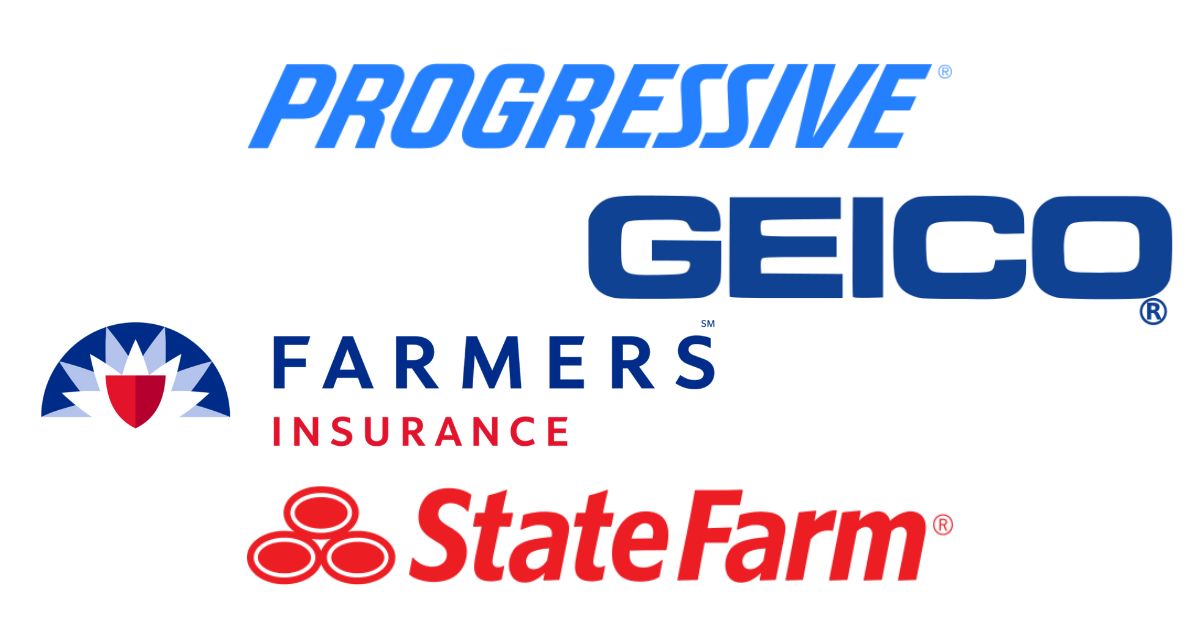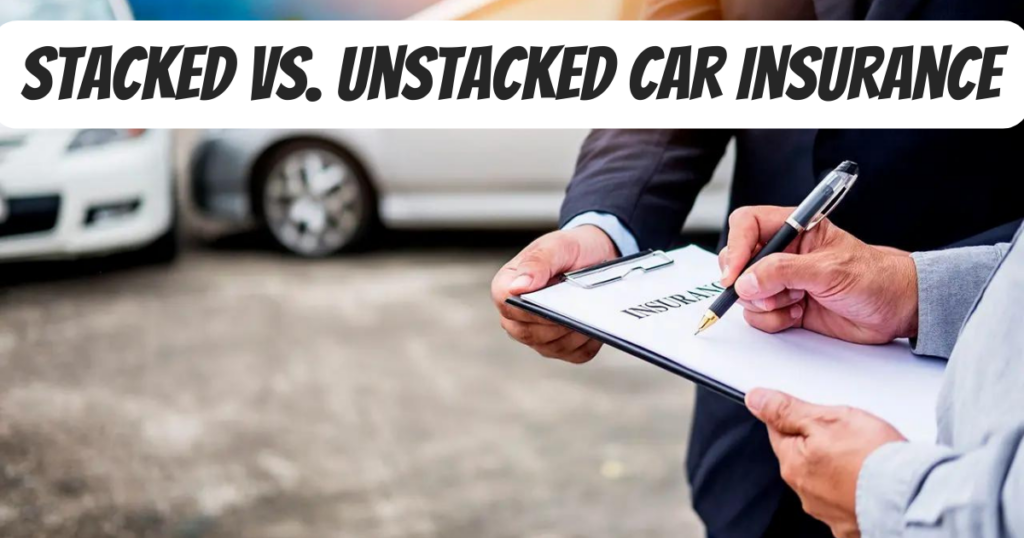
Car insurance is an essential aspect of responsible vehicle ownership, providing financial protection in the event of accidents, theft, or other unforeseen circumstances. When it comes to car insurance, one important decision that policyholders often face is choosing between stacked and unstacked coverage.
Stacking car insurance allows you to merge coverage limits from multiple vehicles or policies. On the other hand, unstacked insurance refers to car insurance coverage limits that cannot be combined across vehicles or policies. Understanding the differences between them is crucial for ensuring adequate coverage while optimizing costs.
Stacked and unstacked car insurance policies offer distinct benefits and considerations. In this article, we will delve into the contrasting features of stacked and unstacked car insurance, equipping you with the knowledge necessary to make an informed choice that aligns with your unique needs and preferences.
What is the Uninsured and Underinsured Motorist Coverage?

Before going further, let’s first understand the difference between uninsured and underinsured motorist coverage.
Uninsured motorist coverage (UM) helps in covering accident-related expenses when you are hit by a driver who does not have car insurance. On the other hand, underinsured motorist coverage (UIM) helps cover your expenses if the at-fault driver’s insurance is inadequate to pay for your bills following an accident.
Here are the two types of UM and UIM coverage:
- UM and UIM bodily injury coverage: These types of coverage contribute to paying for your medical expenses after an accident involving an uninsured or underinsured driver. Depending on your state’s regulations, these coverages may be either mandatory or optional.
- UM and UIM property damage coverage: This coverage assists in covering the costs of repairing or replacing your property if an uninsured or underinsured driver damages it. The availability of this coverage on your car insurance policy depends on the laws and regulations specific to your state.
It is important to note that stacking applies exclusively to the bodily injury portion of UM and UIM coverage. Stacking allows policyholders to combine coverage limits from multiple policies or vehicles. However, it is not possible to stack the limits of property damage coverage.
How Stacked Insurance Works?
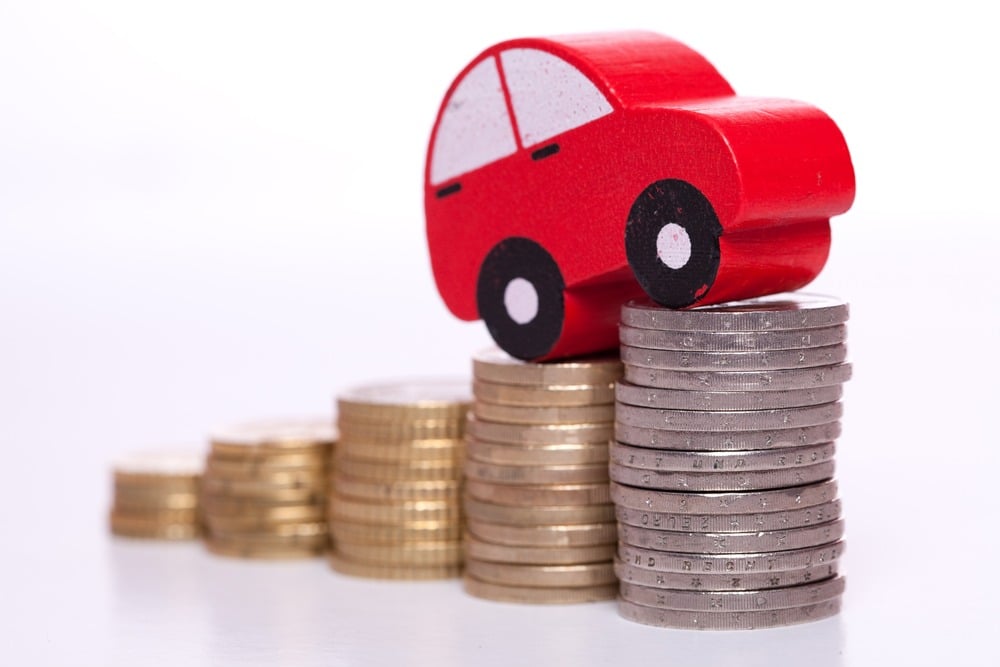
There are two methods to stack car insurance: vertical stacking within a single policy or horizontal stacking across multiple policies. Vertical stacking allows combining coverage limits for multiple vehicles under one policy, while horizontal stacking involves merging coverage limits across different insurance policies.
Stacking Across Multiple Policies (Horizontal Stacking):
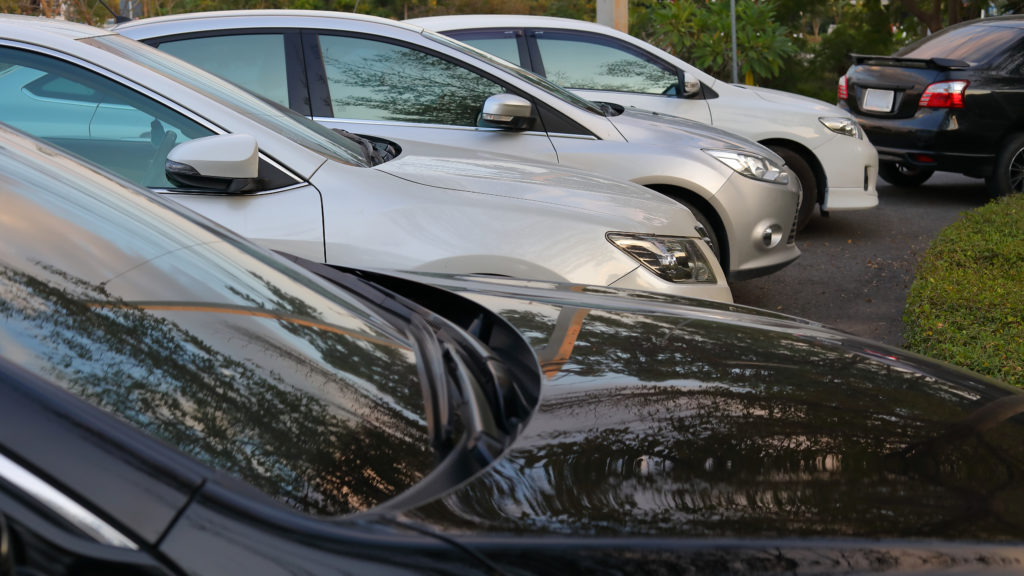
Horizontal stacking, also known as inter-policy stacking, enables policyholders to combine coverage from multiple vehicles insured under separate policies. However, it’s important to note that horizontal stacking typically applies to policies within the same insurance company. Engaging in fraudulent activities, such as filing the same claim with multiple insurers for multiple payouts, does not fall under the practice of “stacking.”
For instance, consider a scenario where you have your own vehicle insurance with an uninsured motorist bodily injury coverage limit of $35,000. Simultaneously, you are listed as a driver on your parent’s insurance policy, which offers $25,000 in uninsured motorist injury coverage.
You can stack these insurance policies to obtain a combined coverage of $60,000 by opting for slightly higher premiums. This stacked coverage would come into effect if you were involved in an accident with an uninsured driver, providing you with greater financial protection.
Stacking Within One Policy (Vertical Stacking):

Vertical stacking, also referred to as intrapolicy stacking, allows policyholders to combine coverage for multiple vehicles insured under a single policy. For instance, if you have two vehicles insured under the same policy, each with uninsured motorist bodily injury (UMBI) coverage limits of $25,000, vertical stacking enables you to increase your UMBI limits to $50,000 per accident.
This means that in the event of an accident caused by an uninsured driver, your insurance company would assist in covering your medical expenses up to a maximum of $50,000. Vertical stacking provides enhanced protection by consolidating coverage within a single policy.
Is It Necessary to Have Stacked Insurance?

Legally, there is no requirement to stack your car insurance. While stacking may be a common practice in certain states, it is not mandatory, and drivers have the option to opt out of it. The only obligation in several states is to carry a minimum amount of liability insurance.
Furthermore, stacked insurance typically applies specifically to uninsured/underinsured motorist bodily injury coverage, which is not mandatory in some states. Stacking is an additional measure that drivers can choose to enhance their coverage in the event of an accident with an uninsured driver.
It is important to carefully evaluate the advantages and disadvantages of stacked insurance, just as you would with any other purchase, to determine if it is the right choice for your specific needs.
Advantages of Stacking:
Stacking car insurance offers several advantages for policyholders. Some key advantages of stacking include the following:
- Increased Coverage Limits: Stacking allows for aggregating coverage limits across multiple vehicles or policies. By combining these limits, policyholders can significantly increase their overall coverage. This provides greater financial protection in the event of accidents or other covered incidents.
- Enhanced Financial Security: With higher coverage limits, stacking provides policyholders with a greater safety net. In the case of severe accidents or injuries, the increased coverage can help cover medical expenses, property damage, and other costs, reducing out-of-pocket expenses and potential financial burdens.
- Comprehensive Protection: Stacking gives more comprehensive insurance coverage. It can include various types of coverage, such as liability, uninsured/underinsured motorist, personal injury protection, and more.
Disadvantages of Stacking:
While stacking car insurance can have advantages, it is also important to consider potential disadvantages. Here are some disadvantages of stacking:
- Increased Premiums: Stacking car insurance often results in higher premiums. Combining coverage limits from multiple vehicles or policies may increase insurance costs. This can burden policyholders financially, especially if their budget is already tight.
- Limited Availability: Stacking options may vary depending on state laws and insurance providers. Some states may not allow stacking, or it may only be available for specific types of coverage. It is crucial to check the regulations and policies in your location to determine if stacking is an option.
- Policy Restrictions: Stacking may come with certain restrictions imposed by insurance providers. These restrictions can include limitations on the number of policies or vehicles that can be stacked, specific requirements for eligibility, or conditions for stacking to apply.
States That Allow Insurance Stacking:
As of May 2023, stacking car insurance may be allowed in approximately 32 states. However, it is important to note that even if the state permits stacking, your insurance provider may not offer stacked coverage. Therefore, it is essential to confirm with your specific insurer whether they provide the option for stacking, as their policies and offerings may vary. The states allowing stacked insurance include:
- Alabama
- Arkansas
- Colorado
- Delaware (across multiple policies only)
- Florida (you must select stack or non-stacked UM when purchasing a policy)
- Georgia (across multiple policies only)
- Hawaii (you must select stack or non-stacked UM when purchasing a policy)
- Indiana
- Kentucky
- Mississippi
- Missouri
- Montana
- Nevada
- New Hampshire (you must select stack or non-stacked UM when purchasing a policy)
- New Jersey (across multiple policies only)
- New Mexico
- New York (across multiple policies only)
- North Carolina (across multiple policies only)
- Ohio
- Oklahoma (across multiple policies only)
- Oregon (across multiple policies only)
- Pennsylvania (you must select stack or non-stacked UM when purchasing a policy)
- Rhode Island
- South Carolina
- Tennessee (across multiple policies only)
- Texas (across multiple policies only)
- Utah (across multiple policies only)
- Vermont
- Virginia
- West Virginia
- Wisconsin
- Wyoming (across multiple policies only)
How Unstacked Insurance Works?
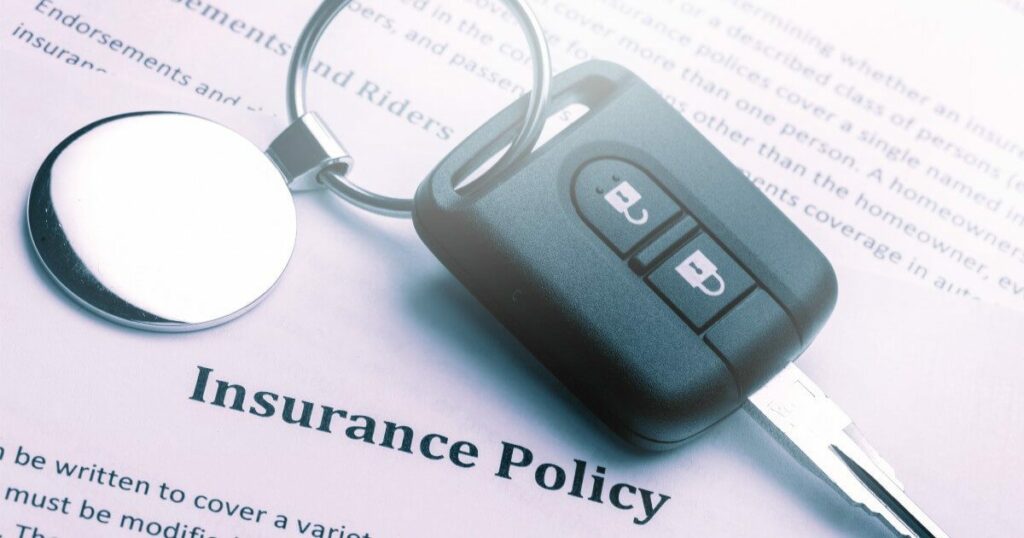
Unstacked auto insurance typically refers to having a single policy for a single vehicle. However, unstacked coverage can also apply when owning multiple cars or policies but choosing not to combine them for the sake of lower monthly premiums. In some cases, state laws or policy language may prohibit the stacking of insurance limits, or certain insurance carriers may not offer this option.
With unstacked car insurance, the payouts you receive are limited to the standard limits of your policy for uninsured/underinsured motorist (UM/UIM) coverage, regardless of the severity of your injuries. For instance, if your policy has a limit of $40,000, you can only collect up to that amount if you file a claim, even if your actual expenses exceed that sum.
Advantages of unstacked insurance:
Unstacked Insurance offers the following benefits:
- Lower Premiums: One of the primary advantages of unstacked insurance is the potential for lower monthly premiums. Policyholders can often enjoy more affordable insurance rates by choosing not to stack coverage limits. This can be particularly beneficial for individuals who prioritize cost savings and have lower risk tolerance.
- Flexibility and Independence: Unstacked insurance allows policyholders to customize their coverage for each vehicle individually. This allows for greater control over the insurance policy, tailoring it to specific needs and preferences.
- Clear and Defined Limits: Unstacked insurance sets clear limits on coverage payouts, which can be advantageous for policyholders who prefer a straightforward understanding of their policy’s limitations.
Disadvantages of unstacked insurance:
Here are a few drawbacks of unstacked insurance:
- Limited Coverage Limits: With unstacked insurance, the coverage limits for each vehicle or policy remain separate and cannot be combined. This means that the available coverage for each vehicle is restricted to its individual policy limits. In the event of a severe accident or multiple claims, the coverage may prove insufficient to address the resulting expenses fully.
- Reduced Protection for Multiple Vehicles: If you own multiple vehicles and opt for unstacked insurance, each vehicle’s coverage will be limited to its own policy limits. This could leave you with lower overall coverage than stacking, potentially exposing you to higher out-of-pocket costs in case of multiple vehicle accidents.
- Limited Flexibility in Claims: Unstacked insurance means that each vehicle or policy’s coverage limits are predetermined. This can restrict your ability to tailor coverage to specific needs or adjust coverage limits based on changing circumstances.
Stacked Vs. Unstacked Insurance, Which One is Better?

Choosing between stacked and unstacked insurance ultimately comes down to personal preference. There is no definitive answer to determine which option is superior, as it varies depending on individual circumstances. The most effective approach to deciding is to assess both choices’ advantages and disadvantages carefully.
Insurance is a customized product, and it is important to prioritize what aligns best with your own situation. Stacking insurance may be the preferred route for some individuals, while others may find little necessity for it. Analyzing the pros and cons allows you to make an informed choice that caters to your specific needs and circumstances.
Frequently Asked Questions:
Here are some frequently asked questions about Stacked Vs. Unstacked Insurance:
Is stacked insurance worth it?
Determining the worth of stacked insurance depends on several factors, including the number of vehicles owned and the geographical location. While stacked insurance typically comes with a slightly higher cost than unstacked insurance, it can potentially provide cost savings in the event of an accident.
Is stacked insurance required in any state?
While stacked insurance is not obligatory in any state, there are instances where uninsured and underinsured motorist (UM/UIM) coverage is necessary. In states where UM/UIM coverage is required and stacking is permitted, it is advisable to consider stacking if you own multiple vehicles.
Do I need stacked auto insurance if I have one car?
You must have multiple cars to be eligible for stacked auto insurance. Otherwise, there is no other coverage to “stack.”
Conclusion
Stacked insurance allows for higher coverage limits and potentially lower premiums by combining the limits of multiple vehicles or policies. However, it may not be available in all states and is not worth the added cost for those with only one vehicle.
On the other hand, unstacked insurance offers more flexibility and may be a more affordable option for those with one vehicle. However, it may not provide sufficient coverage in an accident involving multiple vehicles.
Ultimately, the choice between stacked and unstacked insurance depends on individual circumstances and preferences. In this article, we have summarized all the details about stacked and unstacked insurance. We hope this guide will help you make a more informed decision about your car’s insurance.


